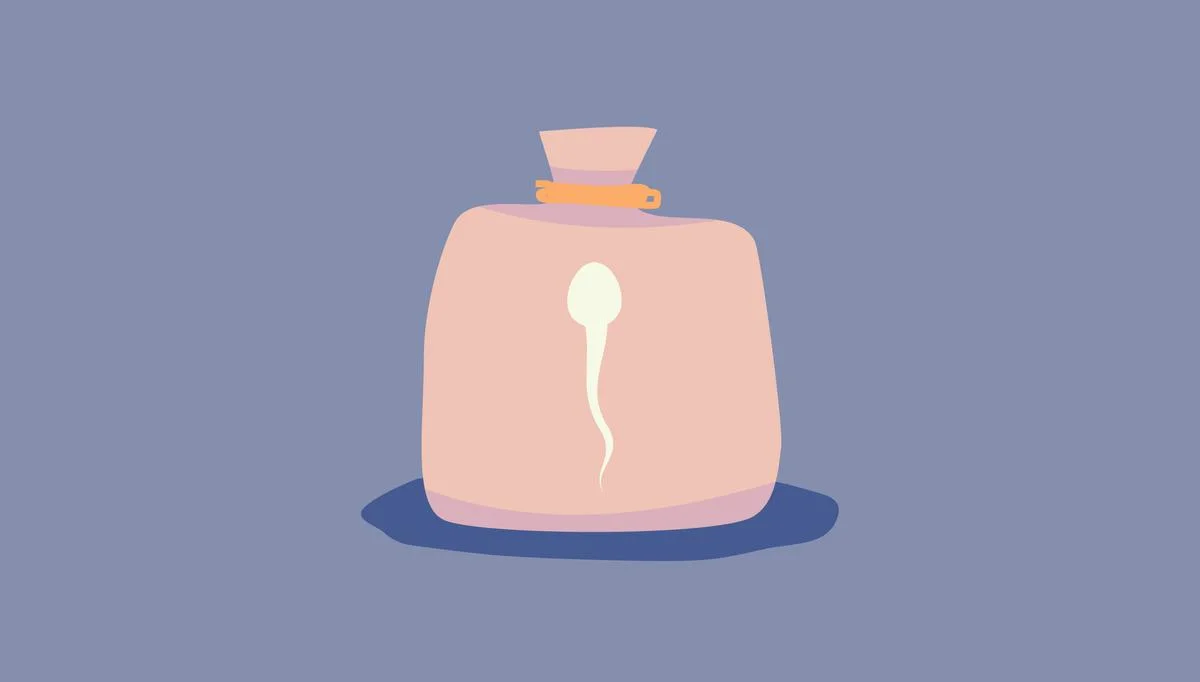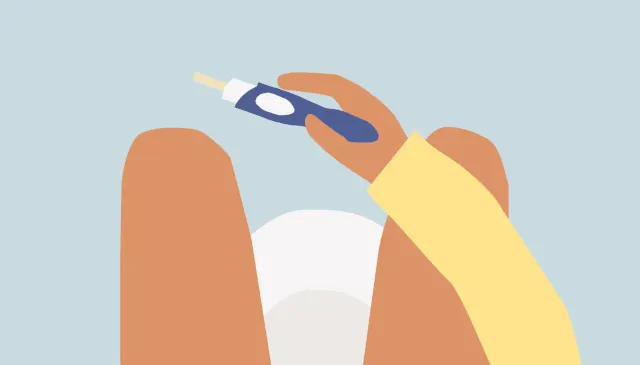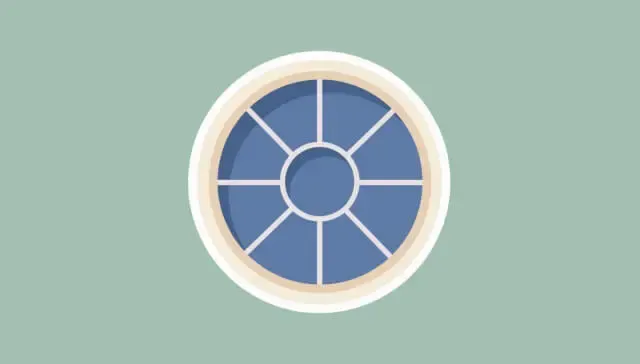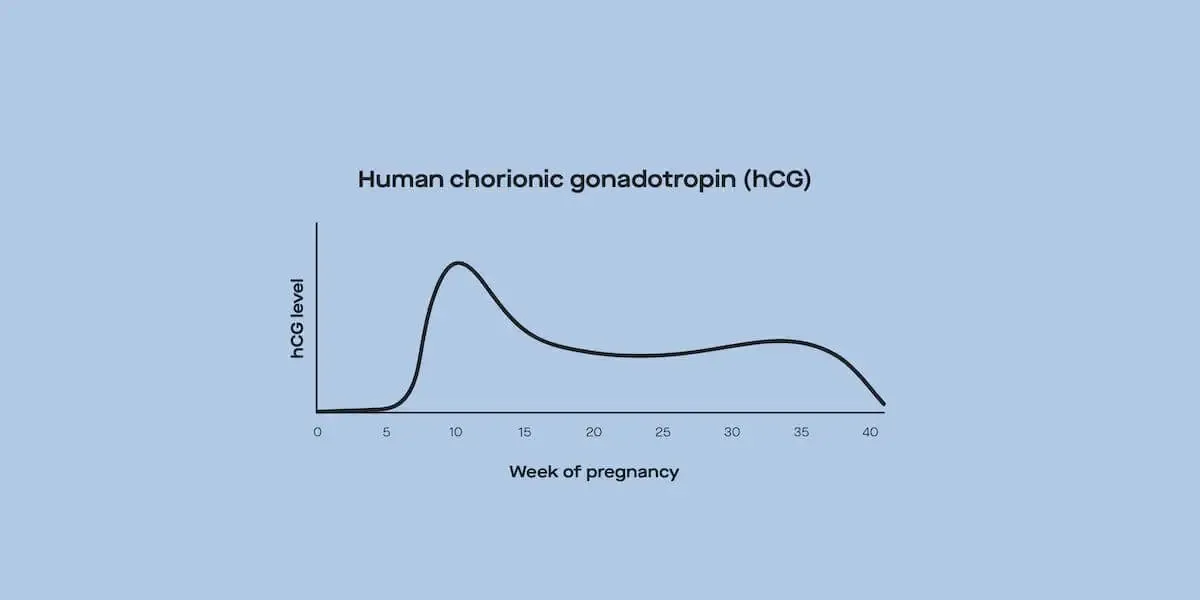Here's what we'll cover
Here's what we'll cover
When we talk about the bevy of assisted reproductive technologies (ART) available, many assume that in vitro fertilization is an umbrella term for all of the options, but that’s not so.
Yes, intrauterine insemination (IUI) is an alternative, but there’s a somewhat newer acronym on the block, and that’s intracytoplasmic sperm injection, aka ICSI.
ICSI isn't an alternative to IVF, but rather an optional part of it. It might not be as well known in modern parlance, but it’s much more common—and more successful—than you’d think.
The basics: IUI, IVF, and ICSI
During IUI, sperm cells are placed directly inside the uterus in the hope that at least some of the sperm cells will be mobile and healthy enough to find their way to a hormonally ripened ovum.
In IVF procedures, the fertilization process occurs in a laboratory in a petri dish (called conventional insemination), with the resulting fertilized eggs (embryos) placed inside the woman’s body so they might implant themselves into the uterine lining.
ICSI, which has been around since 1992, is an IVF technique that involves a clinical embryologist injecting healthy sperm directly into the ripened egg itself to increase the odds of fertilization.
Dr. Jason D. Kofinas, MD, MSc, FACOG, the director of IVF and research at the Kofinas Fertility Group, explains: "It allows the selection of the best sperm by the embryologist and direct injection into the egg. This takes away the unknown of whether or not the sperm actually entered the egg."
"It allows the selection of the best sperm by the embryologist and direct injection into the egg. This takes away the unknown of whether or not the sperm actually entered the egg."
ICSI is sometimes used as an additional part of IVF or IUI in cases where there are male infertility issues, such as the number and/or motility of the sperm itself.
Additionally, Kofinas says, "ICSI is also employed when prior [IVF] cycles failed to fertilize the egg. All thawed eggs (i.e., from egg freezing) require ICSI for proper fertilization. Finally, some programs have policies that use 50% ICSI or 100% ICSI based on embryologist comfort."
Switching to ICSI: One couple’s journey
Sara Larson and her partner switched from IUI to IVF with ICSI during their reproductive journey. Sara’s partner had been tested for fertility issues early on, and sperm motility wasn’t a problem, but since she miscarried twice due to suspected chromosomal problems with the embryos, her doctor decided to try a different approach.
Sara wrote, "We ended up doing ICSI because it was part of our doctor's standard practice for IVF with PGS [preimplantation genetic screening] testing ... [B]eing able to rule out the ‘bad’ embryos made doing IVF with PGS very appealing."
She added, "We're not entirely sure why we seem to have a higher-than-normal ratio of bad embryos, other than my age. A lot of our fertility issues are considered unknown. I have PCOS, so regular ovulation is certainly part of it (and is what started us on fertility treatments). I'm 35 (almost 36), so my age is likely a factor. I'm overweight. But I don't have endometriosis."
The pros and cons of ICSI
According to the American Society for Reproductive Medicine (ASRM), "ICSI fertilizes 50% to 80% of eggs," but it’s not foolproof.
Similar to other ART procedures, ICSI doesn’t always result in embryos; sometimes the eggs simply don’t develop into viable embryos, or the eggs can be damaged during the process. Even if ICSI does result in successfully fertilized eggs, the embryos themselves don’t always grow.
As for birth defects, the ASRM reports, "If a woman gets pregnant naturally, there is a 1.5% to 3% chance that the baby will have a major birth defect. The chance of birth defects associated with ICSI is similar to IVF, but slightly higher than in natural conception." That rate may not have anything to do with the procedures themselves but the infertility issues at the root of the matter.
According to the ASRM, "Certain conditions in children conceived using ICSI have been associated with the use of ICSI, such as Beckwith-Wiedemann syndrome, Angelman syndrome, hypospadias, or sex chromosome abnormalities. They are thought to occur in far less than 1% of children conceived using this technique." (Beckwith-Wiedemann syndrome is defined as an "overgrowth syndrome," Angelman syndrome is a complex genetic disorder that primarily affects the nervous system, and hypospadias is a condition in babies who are assigned male at birth where the urethral opening is located somewhere other than the tip of the glans, the rounded part that forms the end of the penis.)
Aside from these risks, the cost can be a deterrent. Dr. Kofinas estimated that ICSI can cost anywhere from $1,000 to $3,000, on average. Of course, if you’ve already tried IUI and IVF with conventional insemination, ICSI can seem like a drop in the ART bucket.
Sara wrote, "Insurance did not cover ICSI, or really any part of the IVF. Some of it is still being processed, but it looks like insurance did cover some of my regular doctor's visits for ultrasounds and blood work to monitor progress during IVF—but none of the actual procedures were covered. Doing IVF with ICSI and the prenatal genetic screening (PGS) testing was more expensive than without it ... [but] PGS testing was the only reason we decided to try IVF. And in the grand scheme of IVF costs—which are already astronomical—it didn't add a lot to the overall cost."
However, none of these factors are slowing down Sara and her partner. She noted, "We did our first transfer of two embryos at the end of April, and unfortunately, it didn't work. We have two more good quality embryos that we will be transferring later this year for a second try."
And they’re in good company. New Scientist reports that a recent study revealed that ICSI boasts a pregnancy success rate of 24%. While IVF without ICSI still has a slightly higher pregnancy success rate at 27%, those aren’t bad odds for anyone who’s already tried other methods of assisted reproductive technology.
DISCLAIMER
If you have any medical questions or concerns, please talk to your healthcare provider. The articles on Health Guide are underpinned by peer-reviewed research and information drawn from medical societies and governmental agencies. However, they are not a substitute for professional medical advice, diagnosis, or treatment.










